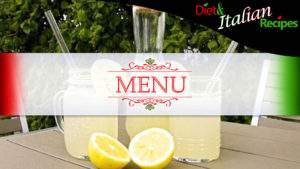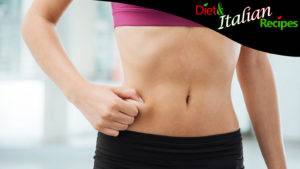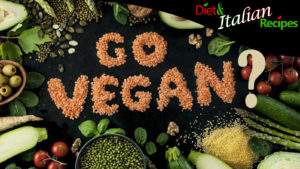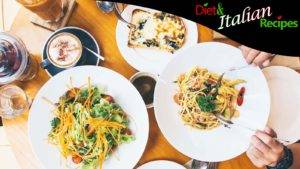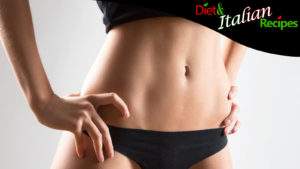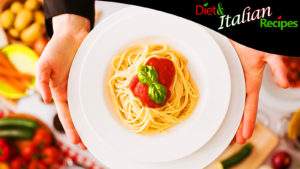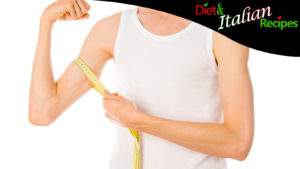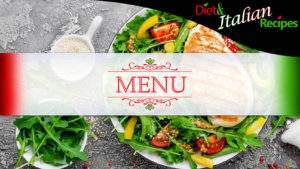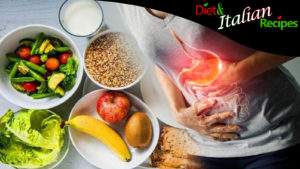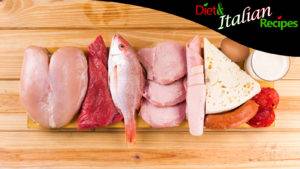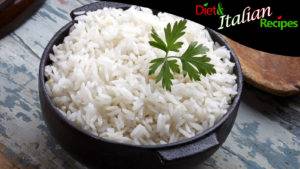The vegan raw food diet prefers the consumption of raw foods, a vegan raw foodist does not eat milk, eggs, honey, meat, and fish even raw because they are of animal origin. In the weekly menu that we present, we try to understand what a vegan raw foodist eats who follows this diet to lose weight or for ethics. The raw food diet is not necessarily vegan, but a vegan person who approaches raw foodism follows a vegan raw food diet in all respects. Omnivorous raw foodists eat carpaccio, eggs, tartare, and sushi, while vegan raw foodists do not; they prefer vegetables, sprouts, fruit, seeds, and juices. Let’s discover why following a vegan raw food diet would be beneficial, what are the advantages and disadvantages, and whether vegan raw food diet serves to lose weight.
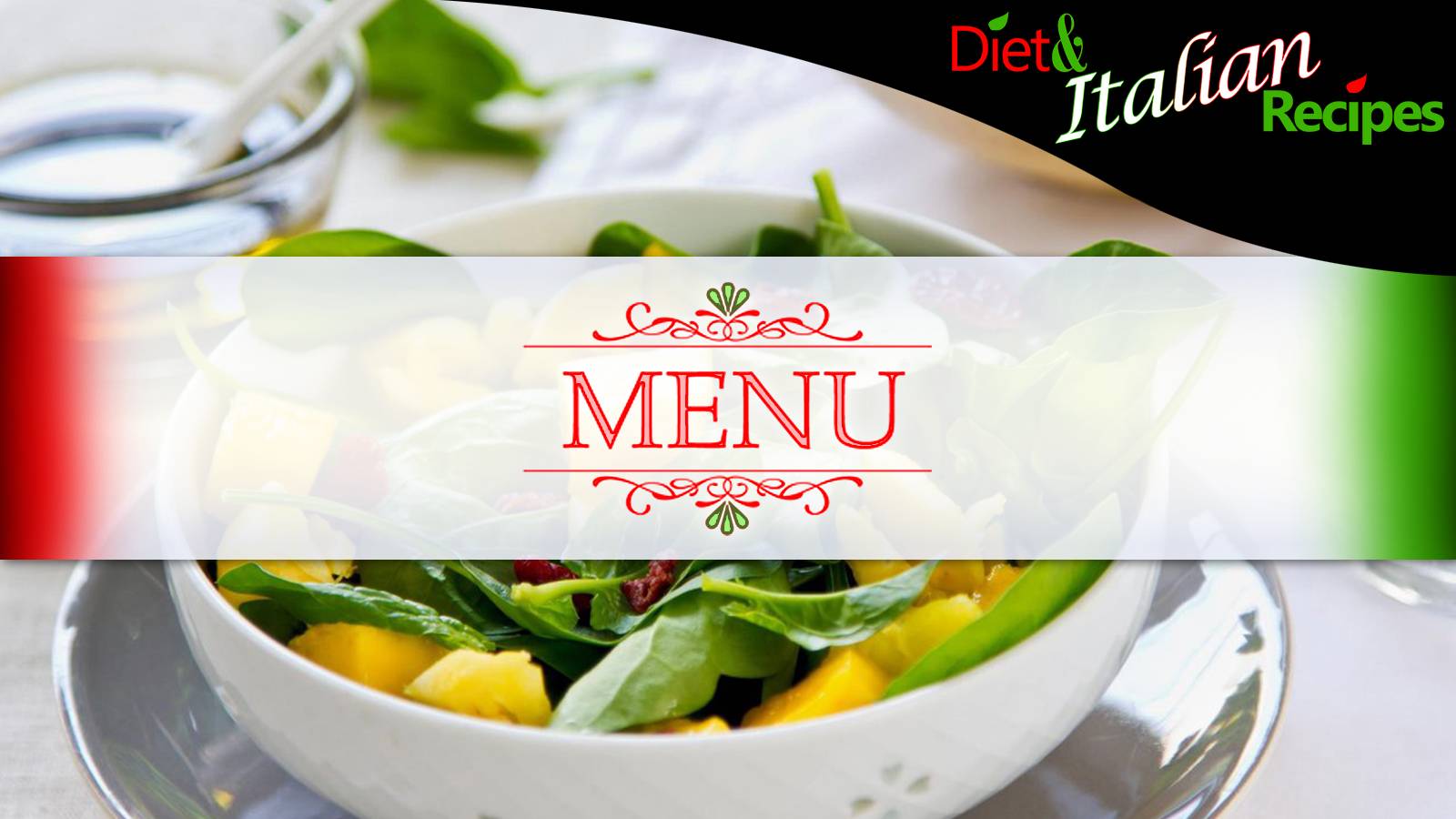
What is the Vegan Raw Food Diet?
The vegan raw food diet is a diet based on uncooked foods, i.e., raw or heated foods at a temperature not exceeding 122 degrees Fahrenheit.
Advantages of the Vegan Raw Food Diet
To understand the advantages of the vegan raw food diet, let us discover why following vegan raw food consumption would benefit the body:
- Eating raw food improves the intake of enzymes in our body; cooked foods, on the other hand, force our body to produce them.
- Cooked foods lose essential vitamins and nutrients during cooking. To evaluate the truthfulness of this statement, it is sufficient to compare the nutritional values of a raw apple with those of a cooked apple: the cooked apple has more calories (16 more) and has halved amounts of Calcium (from 6 – raw – to 3 mg – cooked), Potassium (from 107 mg to 75 mg), Vitamin A (from 54 IU to 6 IU), and Vitamin C (from 4.6 mg to 1.7 mg).
- Cooked foods have an acidic pH that makes them sometimes difficult to digest. By increasing the acidity of the body with cooked foods, the risk of serious illnesses, such as the risk of tumors, also increases.
These are three excellent reasons, but let’s also evaluate the disadvantages to have a complete picture.
Contraindications
Three contraindications of the vegan raw food diet that should not be underestimated when choosing a new eating style:
- Heating food up to 50 degrees is not enough to eliminate viruses and bacteria from raw food. Cooking is essential to kill any trace of viruses and bacteria, which instead continue to proliferate undisturbed on raw or lightly heated foods in a water bath.
- Many foods are not edible raw, which makes preparations for raw food dishes very slow. In addition, it is necessary to equip yourself with a dehydrator, centrifuge, and other particular kitchen utensils to be able to prepare these dishes.
- Malnutrition is a significant problem in the raw food diet, especially regarding the intake of Omega 3 and vitamin B12. Raw foodists are destined to take supplements in case of nutritional deficiencies.
Who can follow this diet?
Anyone can follow a vegan raw food diet as raw food can store almost all the nutrients our body needs. However, it is not advisable to venture into such a different diet for those who are considered more fragile: pregnant women, the sick, children, and the elderly. The guidance of an experienced nutritionist in raw food is strongly recommended.
Vegan raw food diet with a sample weekly menu
What does a raw vegan eat, and what is their typical weekly diet? For an example of a raw vegan diet, let’s look specifically at the weekly menu of the raw vegan diet.
What does a raw vegan eat – Sample weekly menu diet
The vegan raw food diet with a weekly menu that we propose below is what a raw vegan usually eats during the week:
- Breakfast, below are some examples of breakfast to choose from:
- fruit with seeds;
- fruit and coconut milk;
- macadamia nuts with vegetables and fruit;
- grapefruit juice;
- fruit smoothie;
- berries or wild fruits;
- juice of vegetables and fruit.
- Lunch, below are some examples of lunch to choose from:
- mixed celery and fruit, soybean sprouts and lemon juice;
- mixed salad with celery, chickpea sprouts, nuts and lemon juice;
- mixed salad of vegetables and carrots, cashew cheese, nuts and oranges;
- wild fruits, lettuce and legume cream, fruit;
- sunflower seeds and salad, seasoned with orange juice;
- handful of sunflower seeds and mixed salad;
- juice of vegetables and dried fruits.
- Dinner, below are some examples of dinner to choose from:
- lettuce with tomatoes, onions and sunflower seeds, fruit and lemon juice;
- vegetable salad with a vegetable and fruit juice;
- cabbage or spinach salad, nuts and oranges;
- mix of vegetables, almonds, orange;
- vegetable juice, oranges, nuts;
- celery, lettuce, avocado, and citrus salad;
- mixed salad, avocado, and coconut nuts.
- Snacks, below are some examples of snacks to choose from:
- fruit, smoothies, or juices;
- oranges;
- tomatoes and zucchini or salad;
- grapefruits;
- mandarins;
- vegetable juice;
- apples and celery ribs.
Raw Vegan Diet to Lose Weight
Does a raw vegan diet help with weight loss? The answer is yes. A raw vegan diet is low in calories, rich in water, fiber, vitamins, and minerals, and free of complex foods that are difficult to digest. By promoting digestion, consuming large amounts of water, and incorporating low-calorie foods into your diet, weight loss is guaranteed. We do not recommend following a raw vegan diet to lose weight quickly. A transition period is recommended, along with a visit to an experienced nutritionist dietitian.
SHARE the raw vegan diet and the weekly menu for weight loss.
The information provided in the Diet and Italian Recipes articles is for INFORMATION ONLY and does not intend to replace the opinion of professional figures such as a doctor, nutritionist, or dietitian, whose intervention is necessary for the prescription and composition of personalized dietary therapies.
